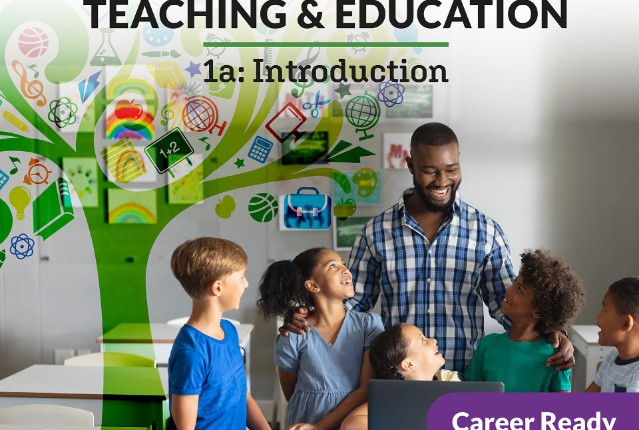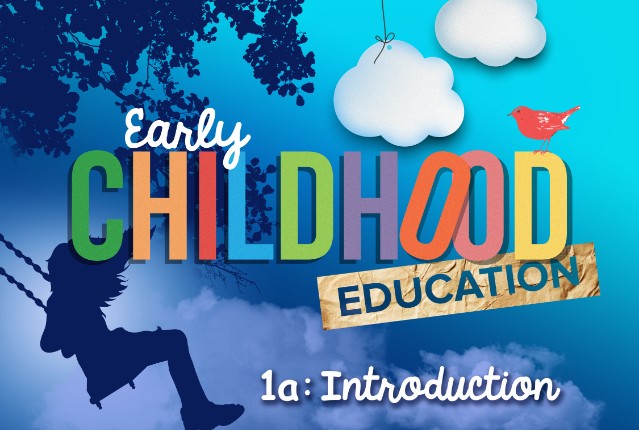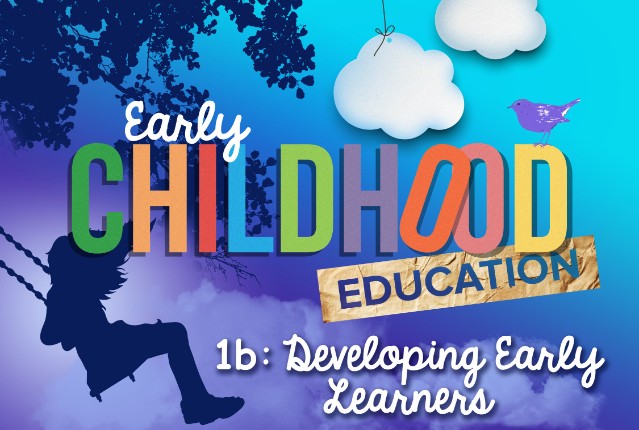
Teaching & Education 1a: Introduction
Do you love to learn? Do you enjoy sharing what you know with others? Teaching might be the perfect career for you! Teaching is so much more than a job. This is an amazing profession where every day is an opportunity to ignite curiosity in young minds. Explore what it takes and the skills needed to be a dynamic and effective classroom teacher. From school climate to educational policies, get ready to discover the various components that impact a student’s success. Plus, unlock tips and tricks that bring the classroom to life for today’s diverse and tech-savvy students!
Review course outlineAccess for a year
USD 299.00*
* Choose more courses to get a discount


